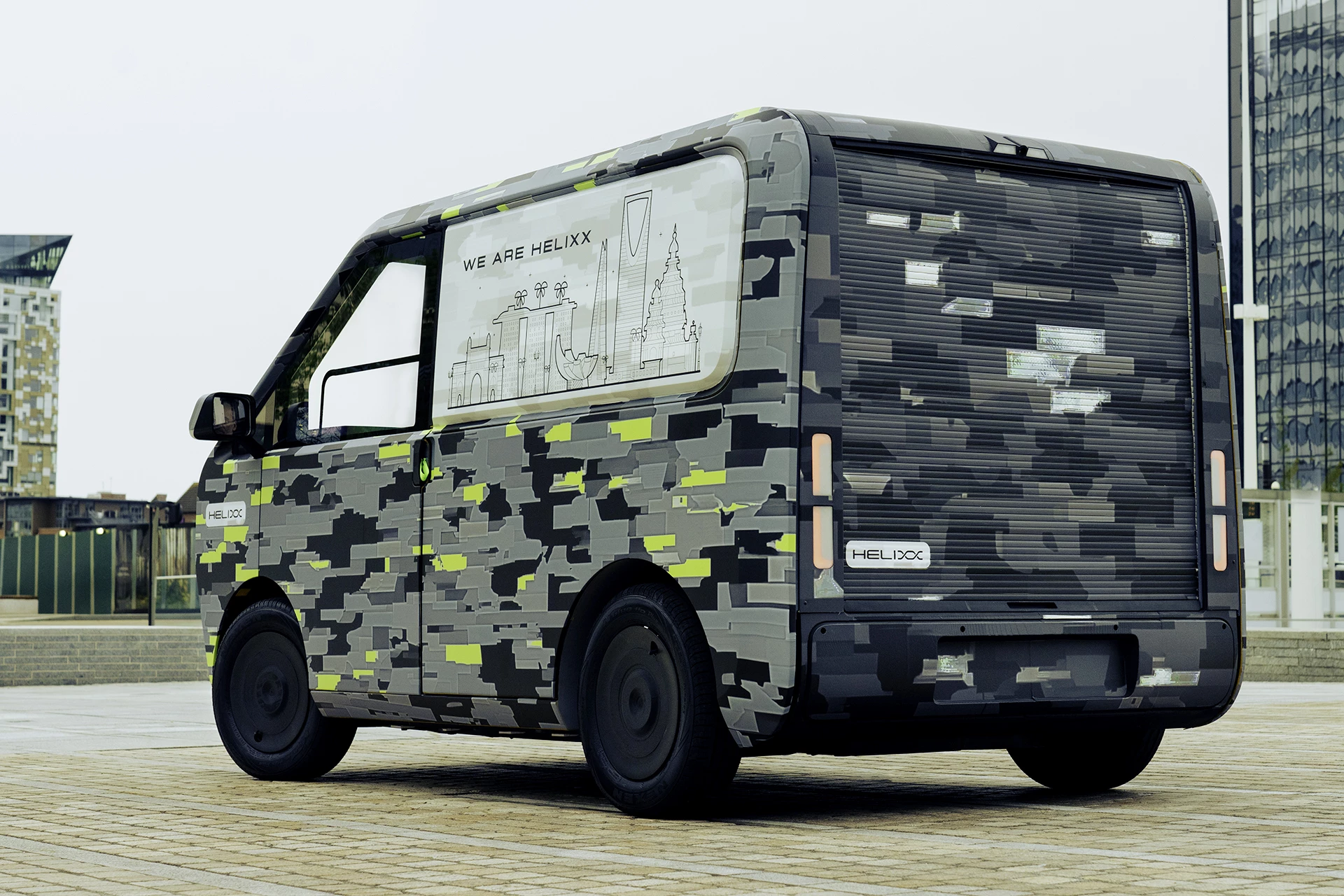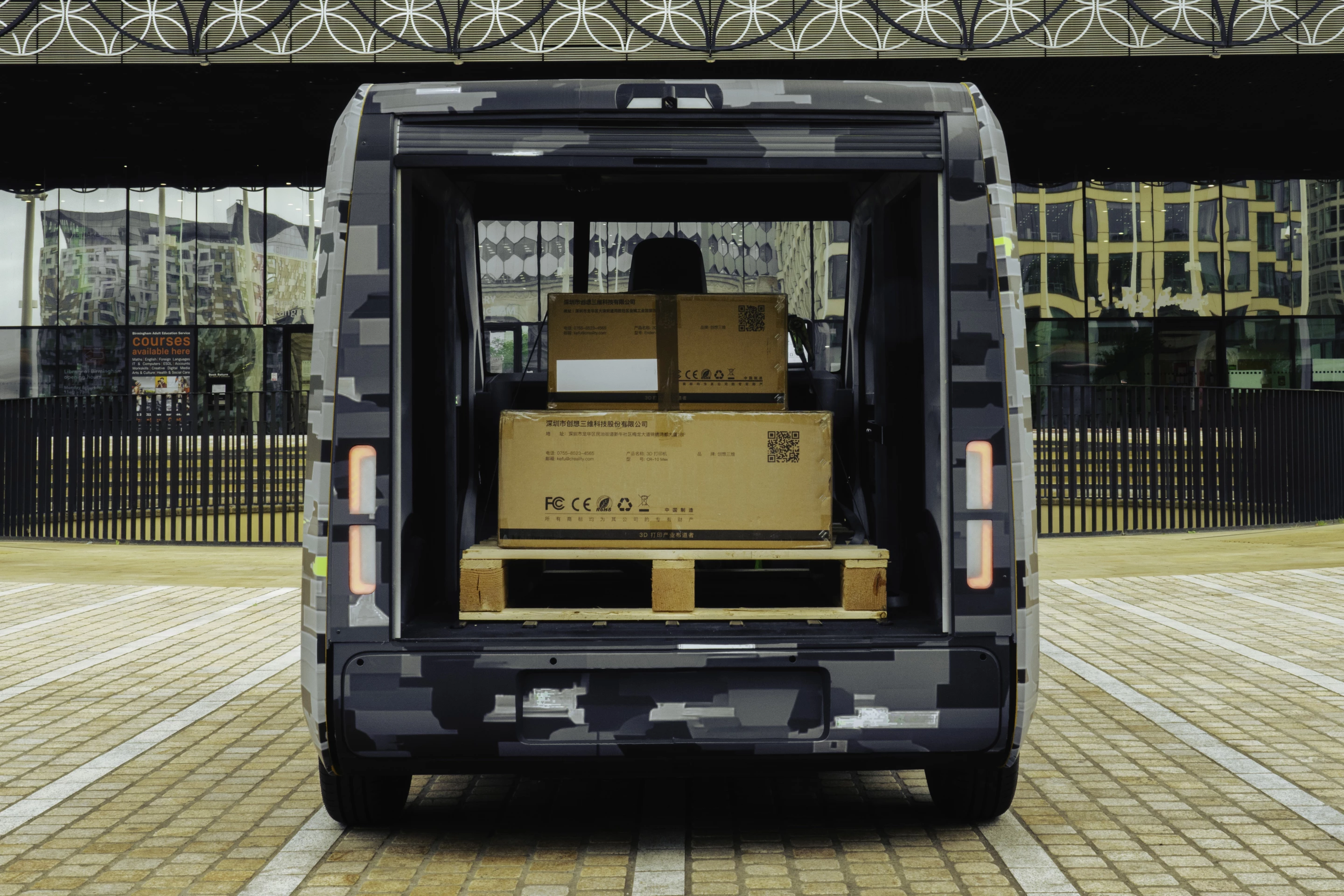We love a BIG idea, and they don't come much bigger than this. Helixx Technologies has begun taking registrations in Southeast Asia for its electric car and van subscription service and we're about to see a fascinating roll-out of what appears to be a thoroughly excellent and potentially VERY disruptive idea.
Helixx's cheapest subscription rate works out to $0.25 cents per hour, which would logically be the full-time rate of having a new car/van with "the lot" (insurance, maintenance) ... that's $6.00 per day ... no up front fees ... nothing else to pay ... just add your own electricity.
If your car stops or is in an accident, there's an instant replacement available, which is an attribute bound to appeal to those using the EV for commercial purposes - with the ownership model, that's the owner's problem. Here, the car is immediately replaced like-for-like and commercial activity resumes post haste.
Minimising downtime for commercial vehicles is important so having the batteries swappable makes sense too. The Helixx vehicle platform can take up to six 2 kWh LFP (Lithium iron Phosphate (LFP) battery packs for a total capacity of 12 kWh and a range of 200 km (124 miles). If that's not enough for a taxi shift or a delivery run, it's just a matter of swapping batteries to be productive again. Charging times become irrelevant.

This all makes for a very compelling proposition in comparison to the current car "ownership model" that is responsible for the 1.5 billion cars currently circulating on the planet. The problem is that the ownership model has the momentum of a century-old industry behind it and a lot of influential people have a lot invested in maintaining the status quo.
The auto industry is one of the most potent economic drivers in history

The automotive industry currently contributes USD $1 trillion to the American economy each year and has historically contributed 3+% of the Gross Domestic Product (GDP) of the entire country. It directly employs 1.7 million people and is also a massive consumer of goods and services from other manufacturing sectors, making it an even more important driver of the entire manufacturing industry's contribution (11.5%) to GDP.
America has had its "century of the automobile", as have all other developed economies. America and most of Europe are now "replacement markets" for the automobile industry. Earth has nine billion people and 1.5 billion motorised vehicles in circulation, so while the ownership model has been good to the world's most advanced economies, it is probably not as widespread as you might have thought.
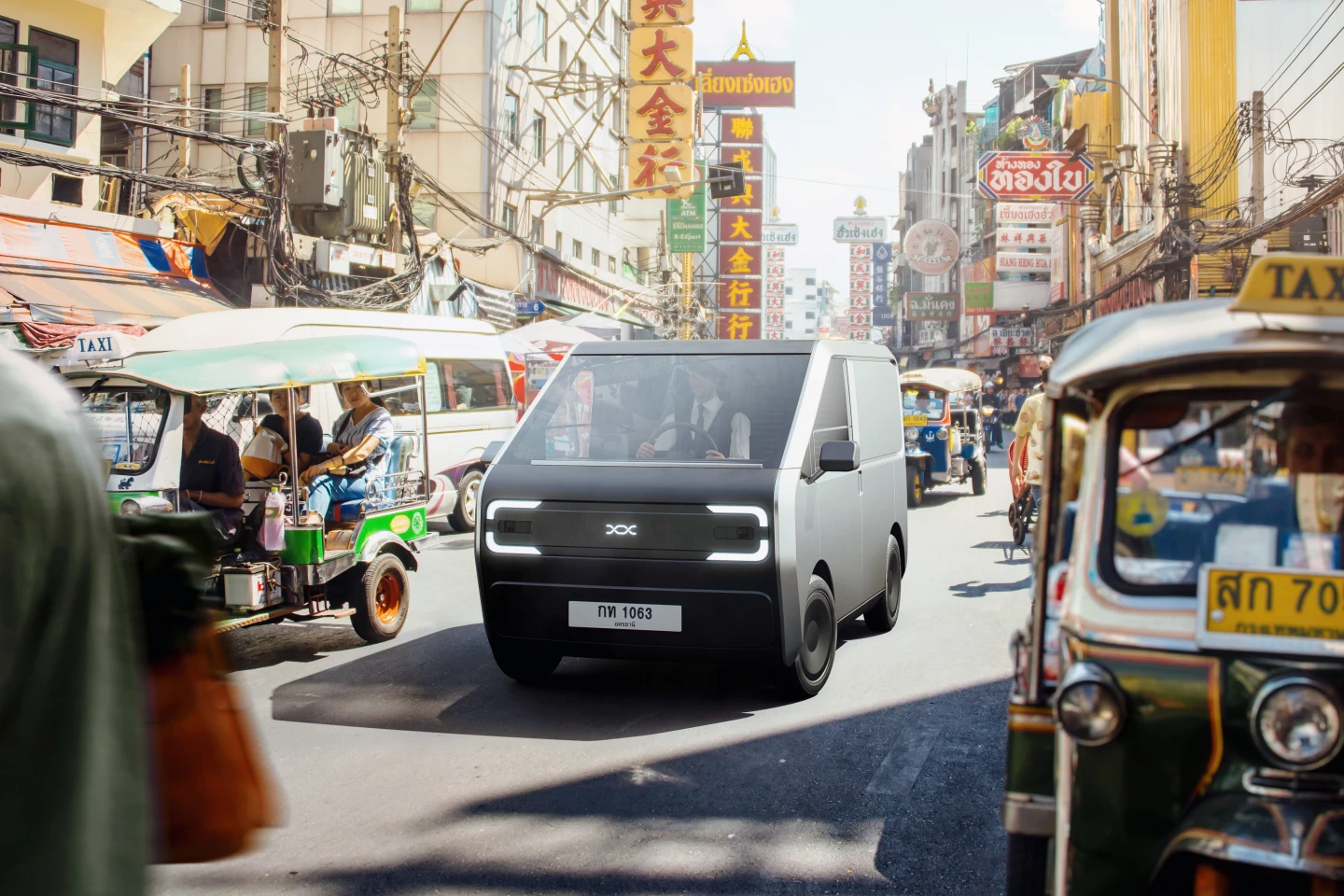
In America, only 8% of households don't have a car. There are 50 countries in the world where only 8% of households DO have a car, and where it is still an aspirational dream to have the freedom that powered personal mobility brings.
Every major country benefits enormously from its automotive industry, with China leading the way as the world’s largest producer and consumer of automobiles. The Chinese automotive industry represents 10% of the gargantuan Chinese GDP. For smaller automobile-producing countries, the percentage is higher: it's 16% in France, with some smaller automobile-producing countries depending on the industry for more than a third of GDP.
It's not hard to see how Helixx’s business model could bring disruptive innovation to one of the world's largest industries and how that might have dire consequences across the broader economic landscape ... by achieving its intended purpose of empowering under-privileged communities access to greater mobility.
Helixx is currently building a pilot manufacturing facility in Singapore

Sometime early in 2025, we'll be able to see this grand scheme in action when the Singapore facility begins producing cars, utes, vans and tuk-tuks. If all goes to plan, the people currently signing up to indicate interest in becoming the scheme's first customers, will have their vehicles a year from now.
"Disruptive entrants" typically capture unmet demand in an existing market, and the ingenious nature of the Helixx system is based around that premise. It isn't attempting to sell automobiles to the most privileged third of the species who already have one, but to reconfigure the automotive ("autos" is Greek for "self", "motivus" means "of motion" in Latin) offering for all those who don't.
Helixx is unlikely to reach America or Europe with its current vehicles. Helixx is aiming its subscription model at developing countries where vehicles have traditionally been imported and expensive and its model is disruptive in more than one way, because the intention is to offer a complete 'Factory in a Box' system that can establish a local manufacturing facility inside six months.
The vehicles are modest by developed-world standards, but they are built to be perfectly fit for purpose. The aim is to provide cost-efficient transport options for people who don't want or can't afford the up-fronts of the vehicle ownership model and who don't need a car that does more than 50 mph.
That's one of the fascinating outcomes of taking a helicopter view of the automotive industry. The citizens of most Western countries drive around in cars and vans that are capable of achieving double the posted speed limits, even though those capabilities are almost never used. Many people own cars that can do triple the speeds they will actually be driven at.
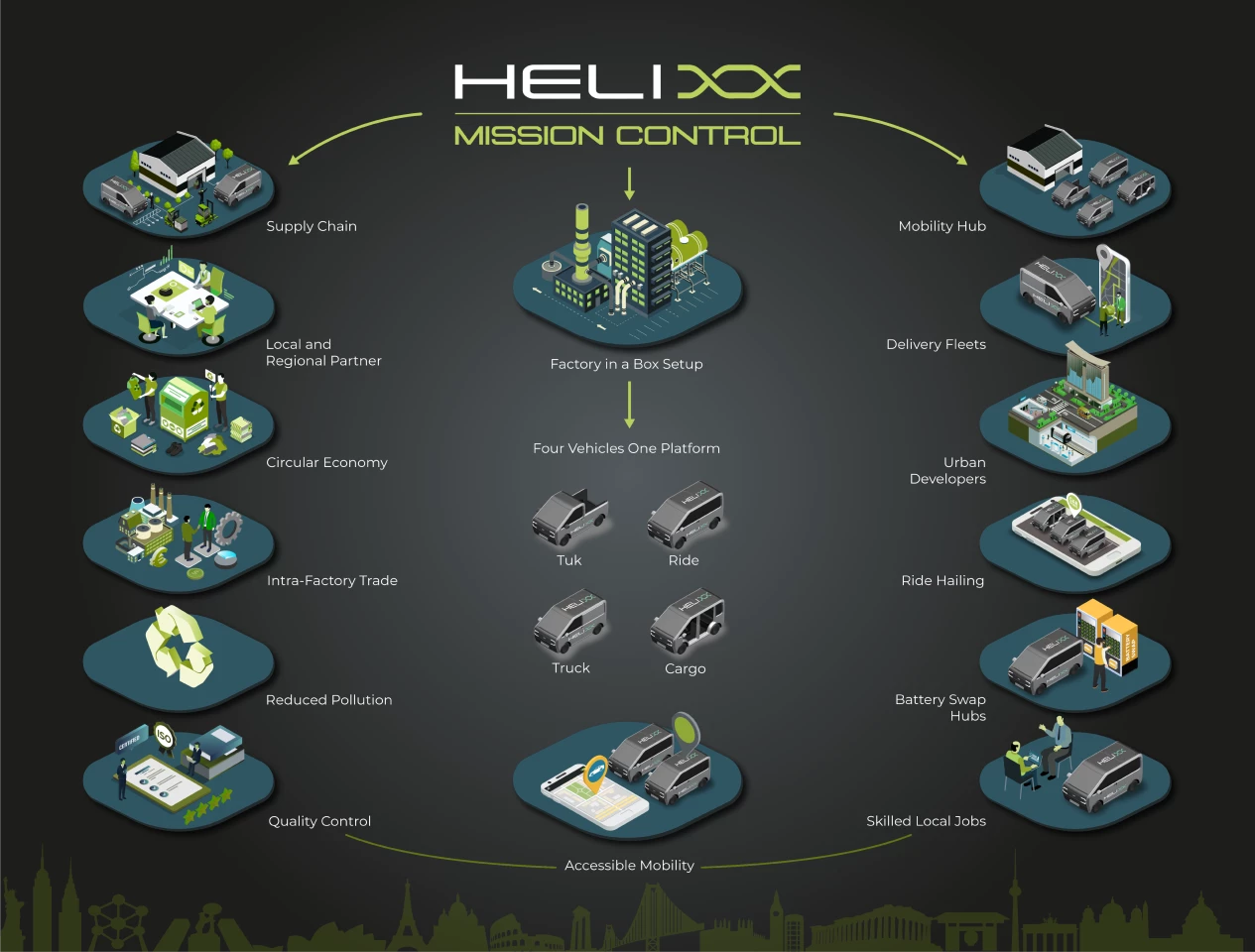
In Western economies, where there are dozens of cars in each class competing in a replacement market, it is important that manufacturers have cars that compete on the spec sheet, so they build their cars bigger and stronger to be safely capable of the 100+ mph speeds their competitors can do, and the end result is that we are all paying to have a car that is engineered for conditions it will never experience. It is much heavier than it needs to be, so it needlessly uses lots of energy accelerating and decelerating, and tires and brake pads wear faster because of the weight too.
Part McDonalds, part Netflix
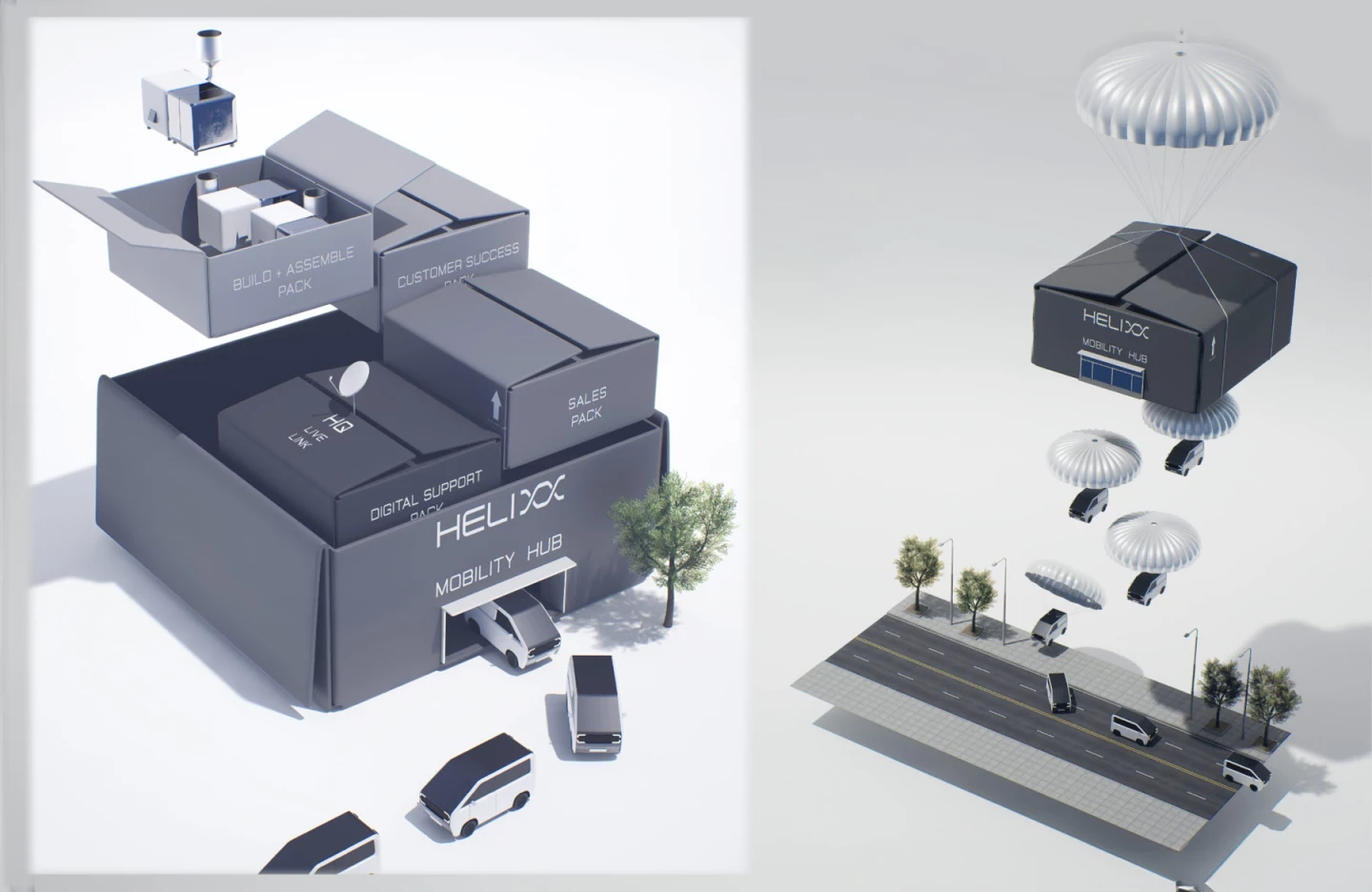
In a puzzle of logic, no-one disputes the genius of the potentially disruptive Helixx business model, yet the two main parts of the Helixx system were inspired by existing business models.
The "local manufacturing facility in a box" idea first occurred to Helixx founder and CEO Steve Pegg when he was in a McDonalds, and began thinking about the McDonald's franchise model. Just as McDonald's franchisees don’t need to know how to create hamburgers (they simply have to strictly follow a set of detailed instructions), the same is now true for the Helixx manufacturing facility.
The subscription model is a straight lift from Netflix, Spotify et al, the concept isn't new to automobiles, but by controlling the cost of the vehicle to minimal levels, a $6-a-day with no up-front-costs price to have a car is attainable, and the other half of the world's population is suddenly a potential user.
The body system has been designed for ease of construction and assembly, and significantly reduces manufacturing costs by using only five key structural components, which are glued together.
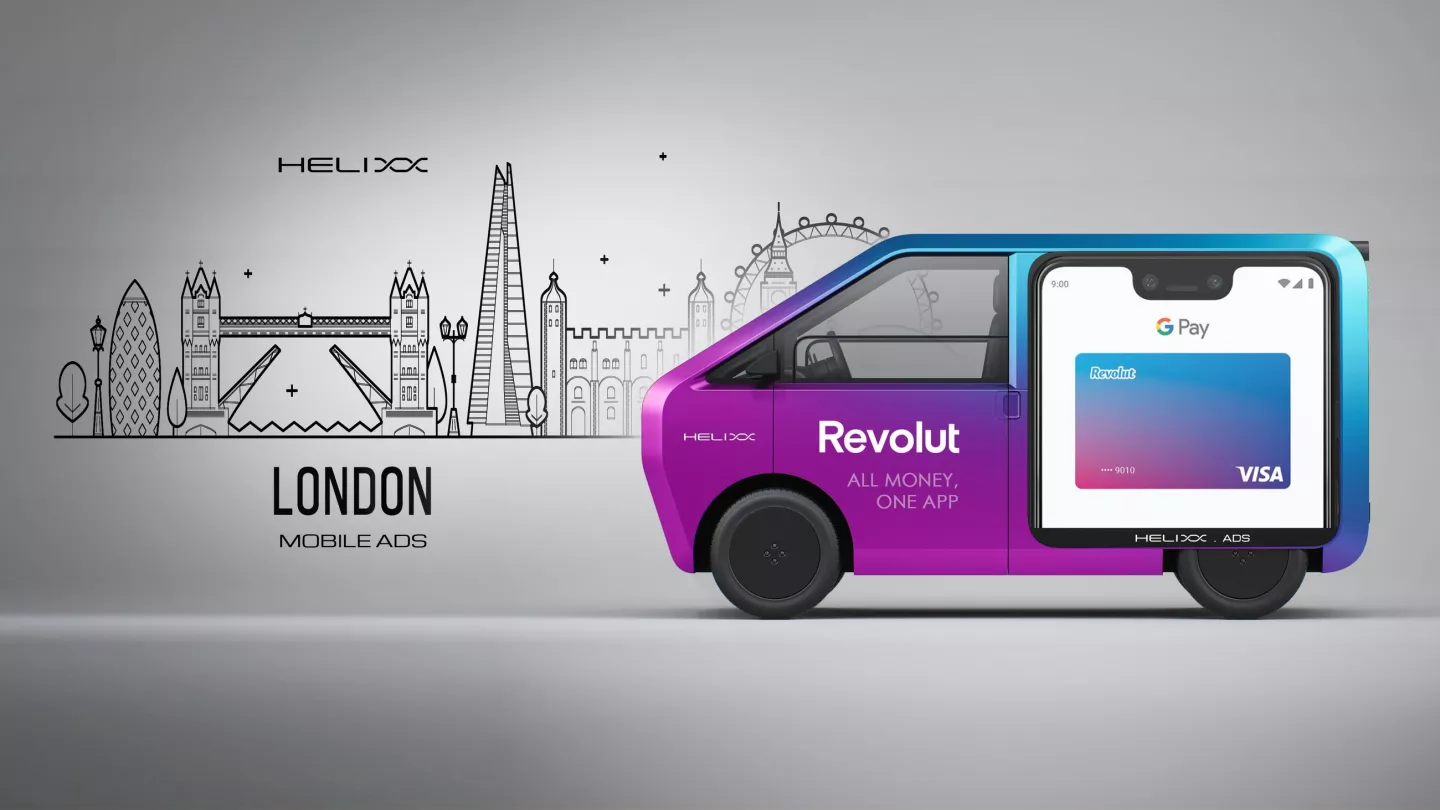
By now you can tell that Helixx is a bold business venture, an exceedingly clever suite of ideas and we're not surprised that it won the 'Emobility infrastructure provider' award at the recent 2024 E-Mobility Awards.
The big question is, "what happens to the existing automotive economy if it works as advertised?"




